
10 Gardening Tools | That Will Have You Sharpening Regularly (And How To Do It Right)
It is very rewarding, but to enjoy gardening at best, one must have the right tools for the job and those tools must be in good condition. Even the finest gardening tool does, over time, become dull. Dull tools don’t just make your job more laborsome, but they can also let your plants be harmed, cut inefficiently, and raise the chances of being injured.
Keeping your gardening tools sharp will also save time and keep your plants healthy. Below, we’ll discuss the 10 gardening tools requiring routine sharpening, considering with an explanation of how properly to sharpen them for a lasting performance.
1. Pruning Shears

Pruning shears, otherwise known as secateurs, are perhaps among the most utilized pieces of equipment in the garden. Excellent for snipping off small branches, deadheading flowers, and trimming unruly plants. But when the blades become dull, they tear through rather than making a clean cut and increase disease risks in plants.
How to sharpen pruning shears:
- Tools needed: Sharpening stone or diamond file.
Soapy water should be used to clean the blades. Method: First position the pruning shears at an angle of 20o, then sharpen the beveled edge using the sharpening stone by filing. Move the file continuously and smoothly down the blade until the edge becomes sharp. Next, lightly oil the blade to prevent rusting.
2. Loppers

Basically, loppers are large-sized pruning shears designed for thicker cuts up to two-inch diameters. Because they handle bigger and heavier tasks than the ordinary pruning shear, they also tend to suffer from rapid blade dulling. For this reason, care and maintenance become vital.
How to Sharpen Loppers:
- Tools needed: Sharpening stone or mill file.
- Method: Like pruning shears, loppers have beveled blades. File the cutting edge with the sharpening stone at a 20-25 degree angle. Work all over the blade evenly and ensure it is smooth.
3. Hedge Trimmers
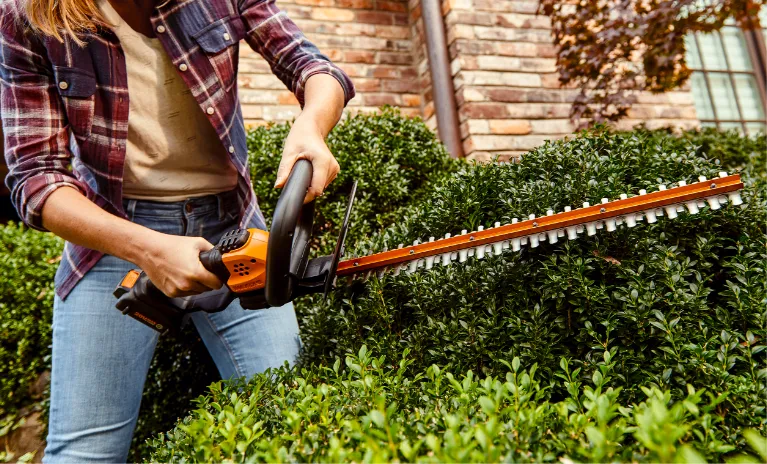
Both manual and power hedge trimmers are essential in hedge shaping and maintenance. However, when hedge trimmer blades become dull, your shrubs end up looking quite ragged and unappealing to talk about the extra strain that it inflicts on your arms.
Sharpening Hedge Trimmers:
Tools needed: mill file, vise-for manual trimmers, and lubricating oil.
- Method: Fasten the trimmers in a vise, using a mill file, and sharpen each blade individually. File from the base of the blade to the tip, following the natural angle of the blade. Be careful not to sharpen too much since it will eventually thin the blades. Wipe them down and oil them after sharpening.
4. Lawn Mower Blades

A mower with dull blades will not slice the grass even, but instead, make jagged cuts that will weaken your lawn. Grass that is torn is more susceptible to diseases and pests compared to grass that has been cut. Sharp mower blades guarantee a healthy and even lawn.
How to sharpen lawn mower blades:
- Tools: needed: Bench grinder or sharpening stone.
- Method: Remove the blade from the mower first, having disconnected the spark plug as a good safety precaution. Next, take the blade to a bench grinder or sharpening stone. Obtain a sharp edge on it, but always grind off even and balance out before going back onto the mower for even mowing.
5. Shovels and Spades

Of course, you may not consider shovels to be one of the tools to be sharpened, but trust me, a sharp edge on a shovel or spade does make all the difference when digging, especially in hard or compacted soil. A dull shovel will require much more energy and time to work efficiently.
How to Sharpen Shovels and Spades:
- Tools needed: Mill file or grinder.
- Method: Place the edge of the shovel on the file, beveling the edge lightly and maintaining the curve in the blade. Sharpen it only enough that it will readily cut in without overboarding.
6. Garden Hoes
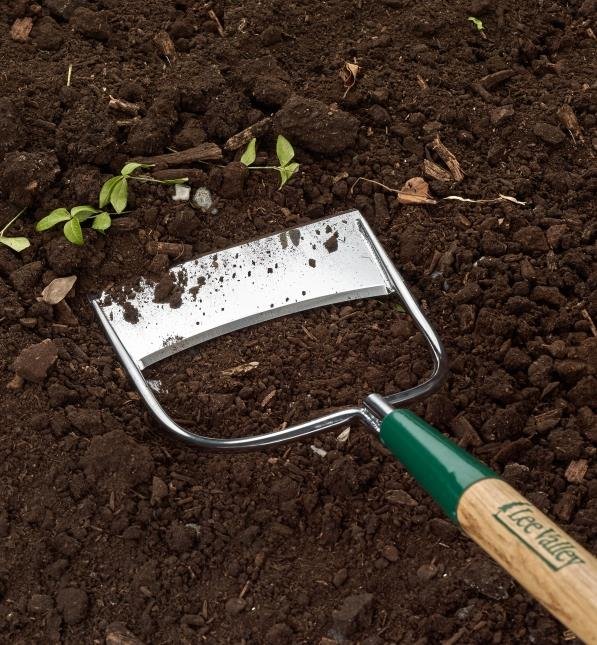
The general usage for hoes is weeding and cultivating the soil. A sharp hoe will get the job done effortlessly, but unsharpened hoes will do a poor job, leaving one tired.
How to sharpen a garden hoe:
Tools: Mill file or whetstone.
How to Sharpen: Hold the hoe at a 45-degree angle and sharpen the edge in one direction only. Periodically test the sharpness and check that both sides are being filed evenly. It is always good practice after sharpening to wipe the tool clean, then oil the blade to prevent rust.
7. Axes
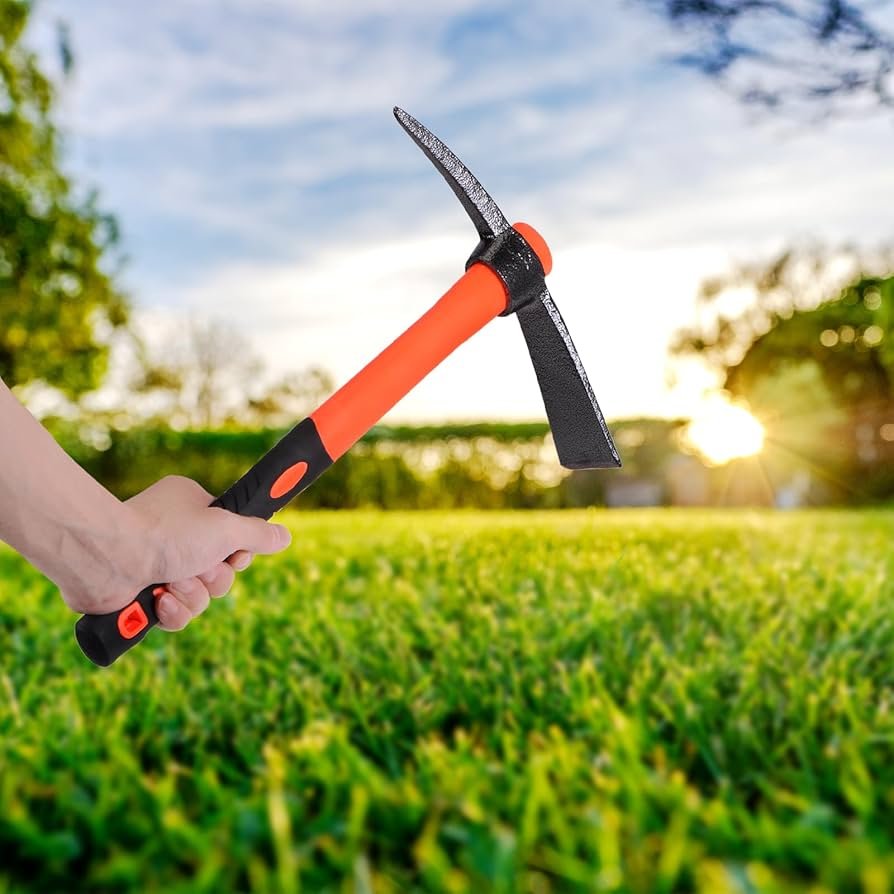
Projects dealing with chopping tree branches or splitting logs require you to have a sharp axe in your armory. Using a dull axe can be unsafe because it tends to bounce or slip and will lead to accidents.
How to sharpen an axe:
- Tools needed: Sharpening stone or file.
- Procedure: Place the axe in a vice or on a stable surface. Sharpen along the beveled edge while maintaining the angle of the blade as it comes. Ensure sharpening both sides evenly. After that, oil the blade to keep its condition right.
8. Trowels

Trowels are smaller tools used for planting and transplanting. They don’t have to be razor-sharp, but a slightly sharpened edge makes it easier to dig through tougher soil.
How to sharpen trowels:
- Tools required: Small sharpening stone or mill file.
- Method: Hold the trowel rigidly and draw the file along the edge, placing a light bevel on it. Avoid making it too keen since the blade may become brittle. Clean and oil the trowel afterward.
9. Grass Shears
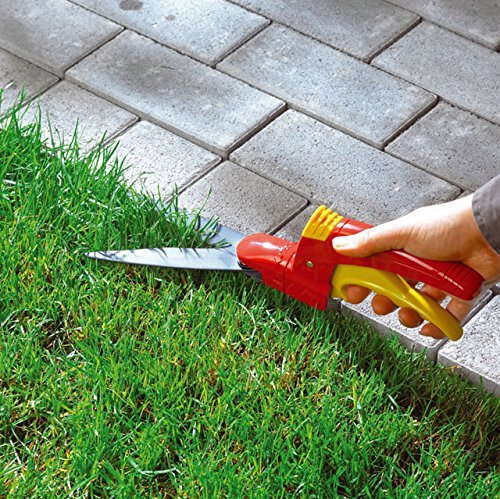
Grass shears are employed to provide a finish to grass that cannot be reached by lawnmowers. Grass will fray if the blades are dull, so it is necessary to keep them sharp.
How to Sharpen Grass Shears:
Tools required: Sharpening stone or file.
Method: Secure the shears in place and file each blade in smooth, continuous strokes. Pay attention that the file is kept parallel to the existing bevel to ensure an even cut. Finish off with oil on the blades for maintenance.
10. Sickles and Scythes

Sickles and scythes are good traditional gardening tools that can cut tall grass and weeds. For them to work effectively at all times, they need frequent sharpening.
Shaping Sickles and Scythes:
- **Tools: Sharpening Stone.
How to sharpen it: Run the stone along the cutting edge, following the natural curve of the blade. Use smooth, long strokes, sharpening the full length of the blade, after sharpening, clean and oil the blade for rust protection.
Essential Tips to Sharpen Gardening Tools the Right Way
Proper sharpening of gardening tools ensures they will perform at their best. Here are some general tips that will get you correctly sharpening your tool:
- Clean Tools Before Sharpening: Clean off dirt, sap, and rust before sharpening. Scrub them first in soapy water with a stiff brush to remove debris.
- Select the Right Sharpening Tool: Depending on the tool, you may need a sharpening stone, a mill file, or a bench grinder. You may end up ruining your gardening tool with the wrong choice, so choose appropriately.
- Sharpen the Blade Following Its Natural Angle: This is one of the most important things in any sharpening once you can keep the blade to its original angle. The ideal angle for most gardening tools ranges between 20 to 45 degrees.
- File in One Direction: Never file back and forth, for it will dull the blade further and unalign the edge.
- Oil to Finish: Lightly coat the blade with oil after sharpening, to prevent rust. This prevents rust and lengthens the life of the tools, helping them to work even more effectively.
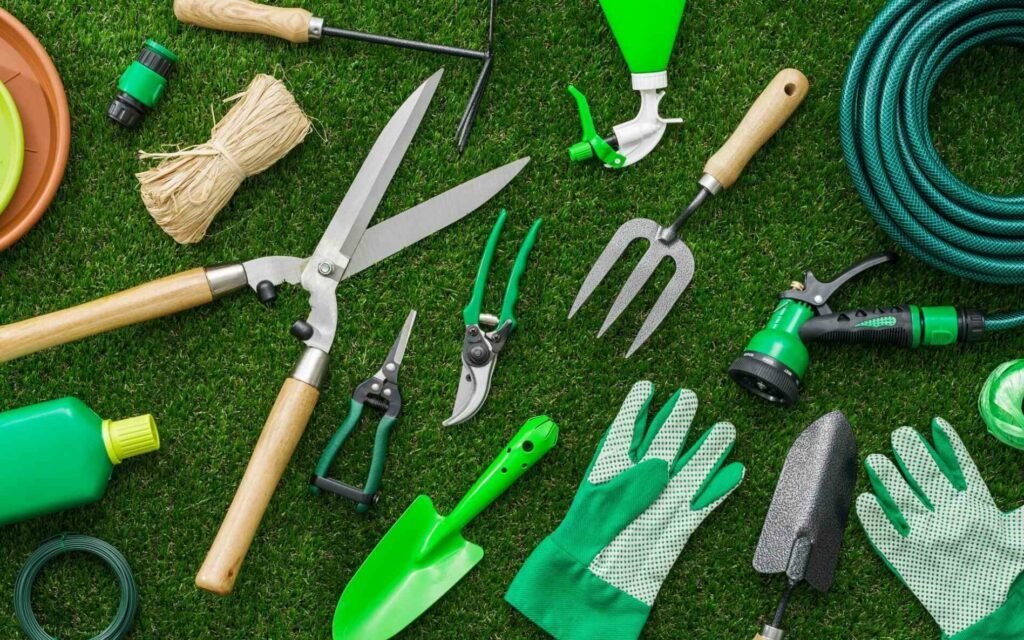
Sharp gardening tools save a lot of hassle in the long run, and all it takes is invested time. You have to develop the right sharpening techniques which will always keep your tools ready for what needs to be done efficiently and fast. Not only does keeping sharp tools do a favor to you by making your job much easier, but also it does a favor to your plants because of cleaner cuts.
By regularly sharpening your tools, you’re not just maintaining their quality but also enhancing your gardening results.

 Happy gardening
Happy gardening 






